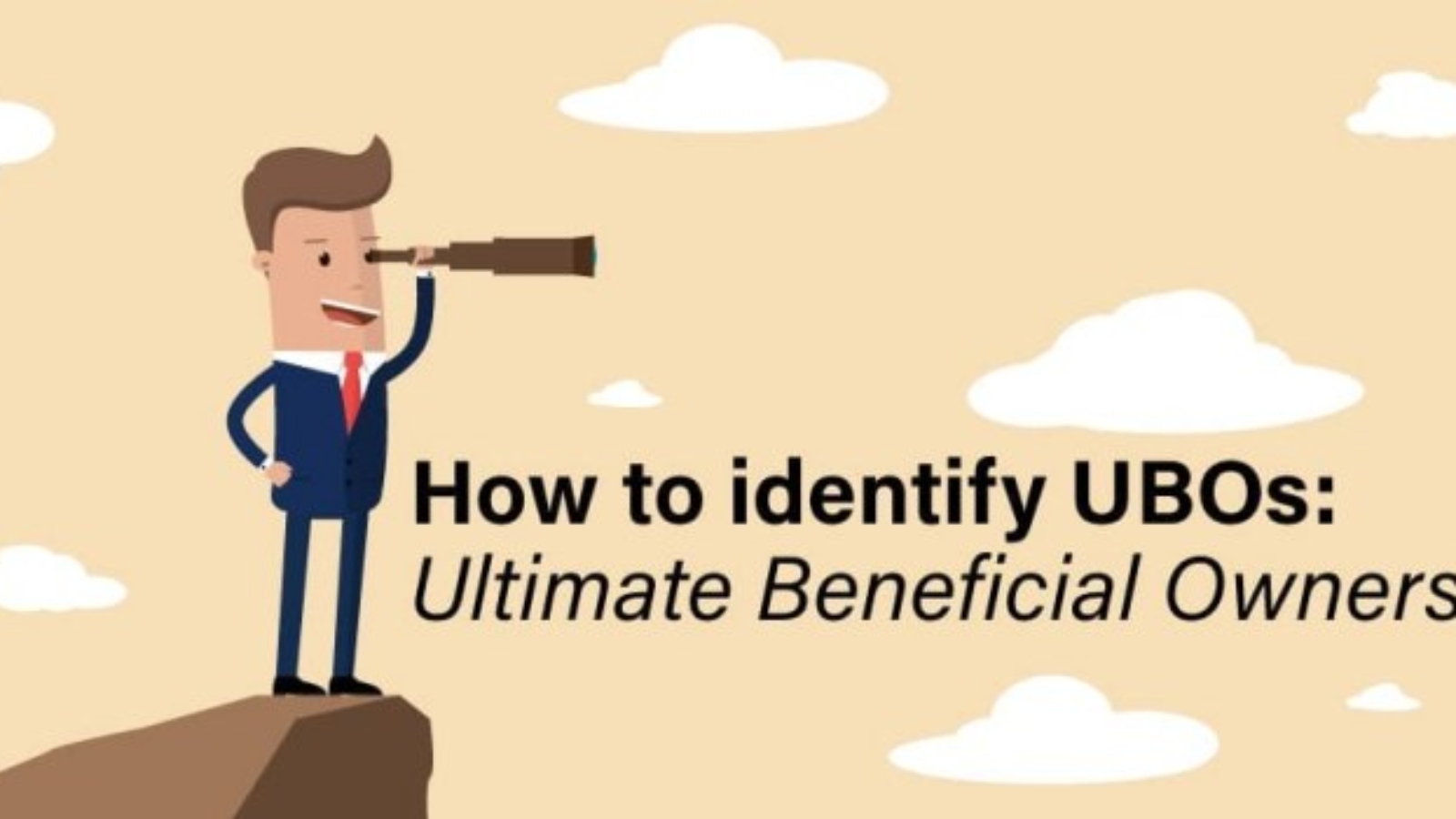As one of the world’s top business centers, Hong Kong is a popular location for international companies looking to expand their operations in Asia. However, with increased scrutiny on financial transparency and regulations, it’s become increasingly important for companies to identify the ultimate beneficial owners (UBOs) of their Hong Kong entities. In this blog, we will discuss how to identify the ultimate beneficial owners of a Hong Kong company and why it’s important for compliance and business purposes.
What is a beneficial owner?
Before diving into the details of identifying the ultimate beneficial owners of a Hong Kong company, it’s essential to understand what a beneficial owner is. The beneficial owner is an individual or entity that ultimately owns or controls a company, either directly or indirectly. This person or entity can influence the decision-making of the company, benefit financially from its activities, or both. Beneficial owners can be difficult to identify, as they may use complex ownership structures or nominee arrangements to conceal their ownership or control.
Why is identifying beneficial owners important?
Identifying beneficial owners is essential for compliance purposes, as companies must comply with various regulations aimed at preventing money laundering and terrorist financing. These regulations require companies to know who their customers are and to verify their identities. If a company does not identify the ultimate beneficial owners of its Hong Kong entity, it may face regulatory action, reputational damage, or financial penalties.
Identifying beneficial owners is also important for business purposes, as it can help companies understand their ownership structure, potential conflicts of interest, and the individuals or entities that have significant control over the company’s decision-making. This information can inform strategic decision-making and risk management.
How to identify the ultimate beneficial owners of a Hong Kong company?
Identifying the ultimate beneficial owners of a Hong Kong company can be challenging, as beneficial owners may use complex ownership structures or nominee arrangements to conceal their ownership or control. However, there are several steps that companies can take to identify their beneficial owners:
- Review the company’s Articles of Association: The Articles of Association outline the company’s ownership structure and can provide clues about who the beneficial owners may be.
- Conduct a company search: A company search can provide information on the company’s directors and shareholders, which can help identify potential beneficial owners.
- Review share registers: Share registers list the names of shareholders and the number of shares they own. This information can help identify individuals or entities with significant ownership stakes in the company.
- Conduct due diligence on shareholders: Companies can conduct due diligence on shareholders to verify their identities and understand their potential links to beneficial owners.
- Identify potential nominee arrangements: Beneficial owners may use nominee arrangements to conceal their ownership or control. Companies can identify these arrangements by reviewing shareholding structures and conducting due diligence on shareholders.
- Use external data sources: Companies can use external data sources, such as public records and media reports, to identify potential beneficial owners.
Conclusion
Identifying the ultimate beneficial owners of a Hong Kong company is essential for compliance and business purposes. Companies can use a combination of internal and external resources to identify their beneficial owners, including reviewing the Articles of Association, conducting company searches, reviewing share registers, conducting due diligence on shareholders, identifying potential nominee arrangements, and using external data sources. By identifying their beneficial owners, companies can ensure compliance with regulations, manage risks, and make informed business decisions.




